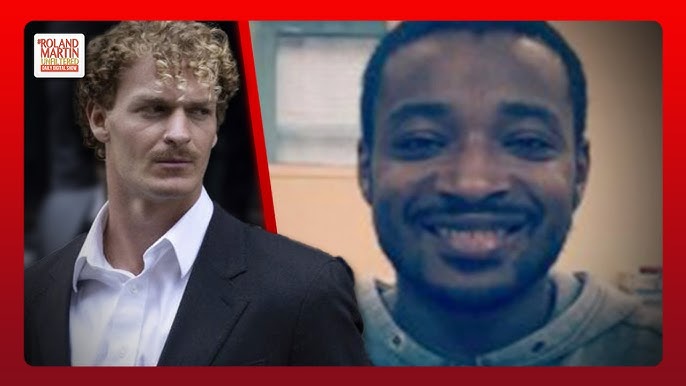Four years ago, the death of a Black man at the hands of a white man in a major city would have sparked wall-to-wall media coverage and intense protests. But this time, things were different. Outside a Manhattan courthouse, Hawk Newsome, a leader of Black Lives Matter (BLM), stood with a small group of supporters, including a few older individuals and some young women. The turnout was underwhelming, and even local politicians, who often rally at such events, were notably absent.
Newsome, who appeared significantly heavier than in his earlier activism days, voiced his frustrations. “We need some Black vigilantes,” he said, expressing anger over perceived injustices. However, his fiery words seemed to fall flat. The only media outlet paying attention was FOX News, and the streets remained calm, a stark contrast to the riots of the past.
The case in question involved Daniel Penny, who was accused of causing the death of Jordan Neely, a troubled man with a history of violent behavior. Neely’s death had sparked initial outrage, with some comparing it to past incidents of racial injustice. But as the trial unfolded, it became clear that the case didn’t resonate with the public the way similar ones had before. Penny’s defense argued that his actions were in self-defense and not racially motivated, and the jury ultimately sided with him.
The verdict didn’t ignite the large-scale protests or riots many had anticipated. Instead, a few minor scuffles occurred, a far cry from the chaos seen in the wake of past incidents. Even the media’s portrayal of Neely as a harmless street performer failed to galvanize significant outrage.
This case highlighted a broader shift in the BLM movement. Once a force that could mobilize massive protests and dominate national conversations, it now seemed to struggle to maintain relevance. The trial exposed how much the movement relied on external support—whether from political allies, media coverage, or financial backers. Without these elements, BLM appeared to lose its ability to rally large-scale support.
In recent years, some of the energy that fueled BLM protests has been redirected to other causes, such as pro-Palestinian demonstrations. The activists who once led BLM protests have largely stepped back, replaced by other voices. This shift raises questions about the origins of these movements and the forces driving them. Were the past protests truly grassroots, or were they orchestrated by well-funded organizations with political agendas?
The aftermath of the Penny trial served as a stark reminder of how quickly movements can rise and fall. Without consistent support, even the most powerful movements can fade into the background. As public attention shifts to new issues, the once-dominant voices of BLM have grown quieter, leaving behind questions about their legacy and the future of similar movements.
